Exploring the artistic side of Kartell, from the domestic to surreal
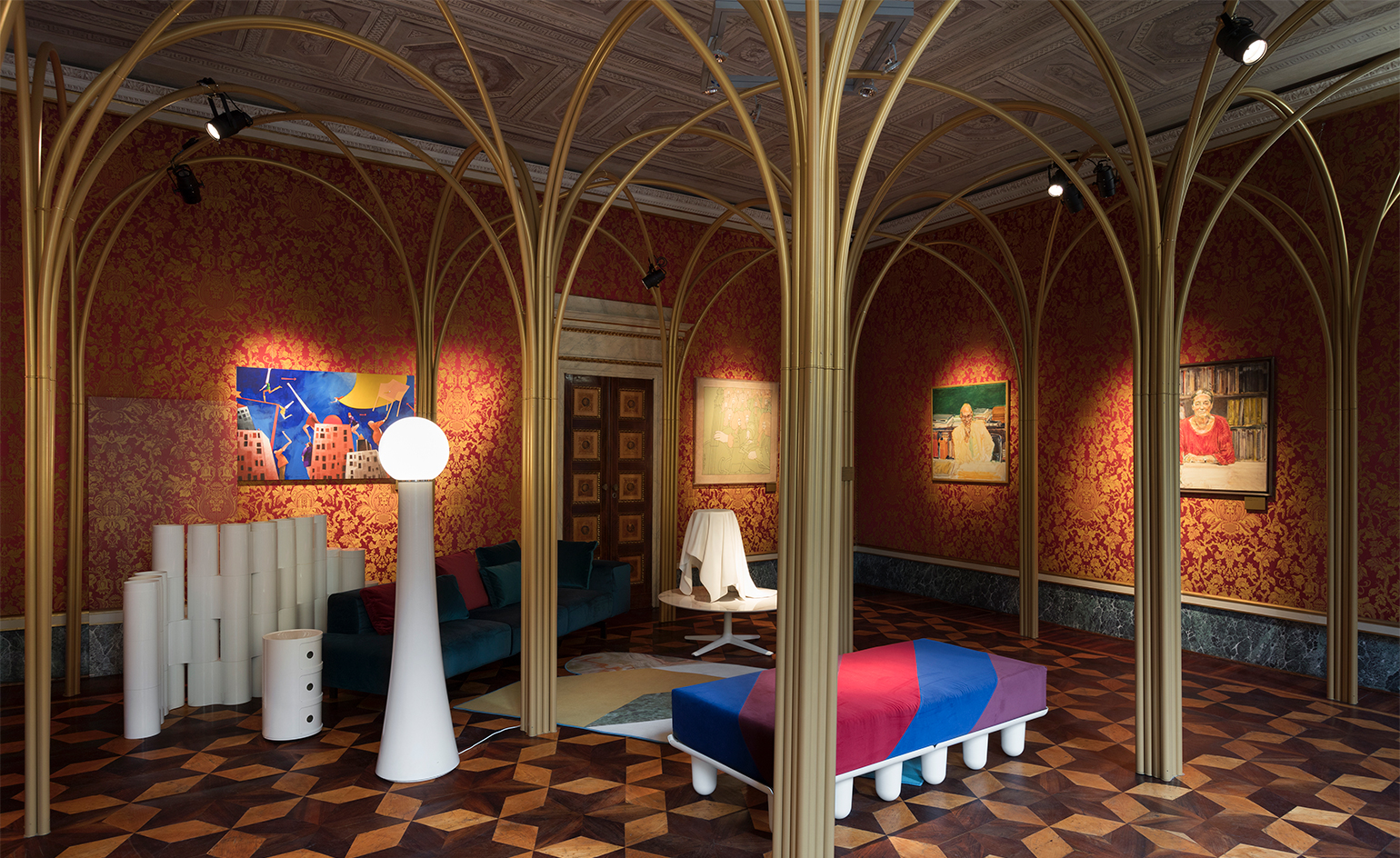
It’s almost impossible to separate post-war Italian design from the legacy of Kartell. From 1949 onwards, the Milan-based company has been dictating the domestic conversation with its innovative plastic furniture and home accessories. Though best known for high profile collaborations with some of design’s biggest names — Philippe Starck’s ‘Ghost Chair’ Joe Colombo’s ‘4801’ — for the first time, the brand is exploring its influence on the world of art in celebration of its 70th anniversary.
With the new show, ‘The Art Side of Kartell’, the brand has taken over the Appartamento dei Principi in the baroque Palazzo Reale next to Milan’s central Duomo Cathedral. ‘We decided not to follow a traditional celebratory path, but to explore and present Kartell to the public from an unprecedented perspective,’ says Claudio Luti, CEO of Kartell. Curated by Ferruccio Laviani and Rita Selvaggio, the exhibition offers 11 art-inspired interpretations of the historic brand. Described as ‘yesterday’s vision of the future’, a sequence of mise-en-scène featuring creative interpretations of Kartell’s design icons animate the lavishly decorated 17th-century halls.
The first room holds Bob Wilson’s ‘7 Electric Chairs... As You Like It’ from 2011, which weaves neon tubing through a series of clear, Kartell-made seating. On the ceiling, a similar pattern is projected onto the ornately rendered frescoes that decorate the historic palazzo, a gesture that fuses the contemporary with the ancient. Wilson, an American director and stage designer, created each chair to represent a different stage in a man’s life for his 70th birthday.
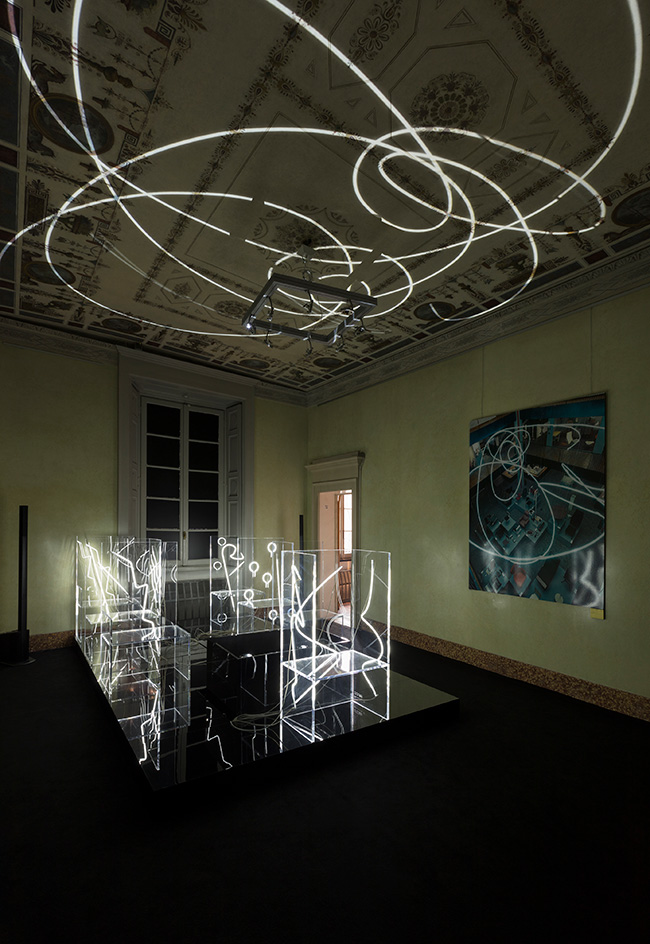
Bob Wilson’s ‘7 Electric Chairs... As You Like It’ from 2011
The following rooms move from the domestic to the surreal. The second in the progression features a reimagined living room hung with photography by Bruce Weber and Ettore Sottsass’ watercolours: the property of an invented ‘modern collector’. There are immersive moments, including a series of video projections by Luca Stoppini of 70 international creatives who have worked with Kartell in the past, including Ronan & Erwan Bouroullec, Katerina Jebb and Li Hui.
There are also experimental elements, particularly a makeshift bar, spread with a buffet of dried herbs and arcane ingredients, that was made from ice cube-like Kartell plastic blocks. Created by KAYA (Kerstin Brätsch and Debo Eilers), the space also staged performances by artist Beatrice Marchi.
Viewed as a whole, the exhibition makes a strong case for Kartell’s inedible marks onto contemporary culture, even touching on collaborations with Mickey Mouse and Mattel. Though the exhibition launched in tandem with Salone del Mobile, it will remain open for visitors until mid-May, leaving more than enough time to discover Kartell's artistic side.
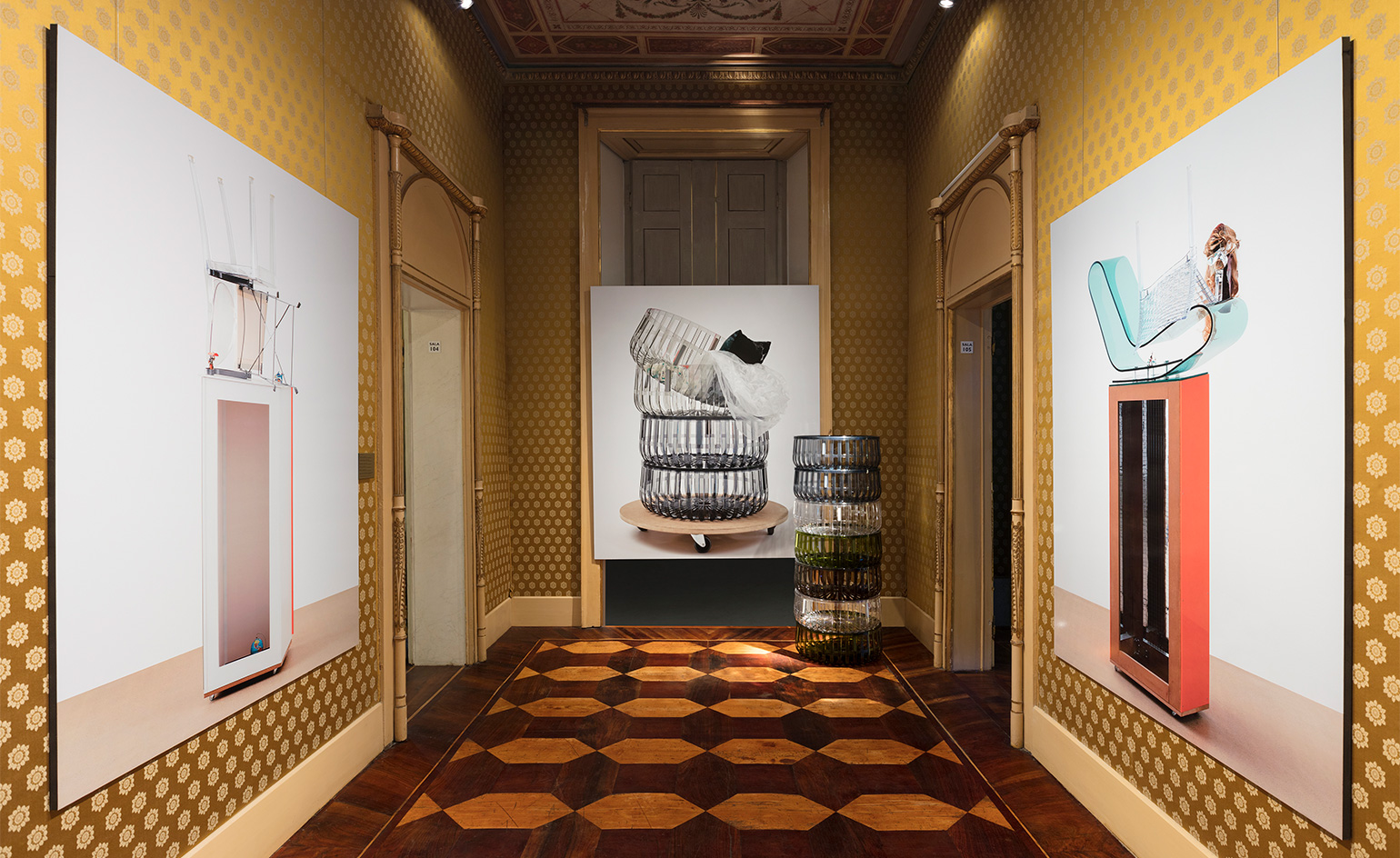
Untitled, by Isa Genzken, 2012. Courtesy Galerie Buchholz, Berlin/Cologne/New York. © Isa Genzken VG Bild-Kunst, Bonn / SIAE, 2019

Untitled by Heimo Zobernig, 2004. Chairs (various models) from Essl Museum, Klosterneuburg / Wien, 2011. Photo archive HZ © The artist
INFORMATION
‘The Art Side of Kartell’ is on view until 12 May. For more information, visit the Kartell website
ADDRESS
Piazza del Duomo
12, 20122
Milano MI
Receive our daily digest of inspiration, escapism and design stories from around the world direct to your inbox.
Laura May Todd, Wallpaper's Milan Editor, based in the city, is a Canadian-born journalist covering design, architecture and style. She regularly contributes to a range of international publications, including T: The New York Times Style Magazine, Architectural Digest, Elle Decor, Azure and Sight Unseen, and is about to publish a book on Italian interiors.
-
 The new Tudor Ranger watches master perfectly executed simplicity
The new Tudor Ranger watches master perfectly executed simplicityThe Tudor Ranger watches look back to the 1960s for a clean and legible design
-
 This late-night hangout brings back 1970s glam to LA’s Sunset Boulevard
This late-night hangout brings back 1970s glam to LA’s Sunset BoulevardGalerie On Sunset is primed for strong drinks, shared plates, live music, and long nights
-
 How Memphis developed from an informal gathering of restless creatives into one of design's most influential movements
How Memphis developed from an informal gathering of restless creatives into one of design's most influential movementsEverything you want to know about Memphis Design, from its history to its leading figures to the pieces to know (and buy)
-
 These compact new lighting designs are perfect companions for darker evenings
These compact new lighting designs are perfect companions for darker eveningsWith our glowing recommendation, six cute and covetable new lighting designs to beat the winter blues
-
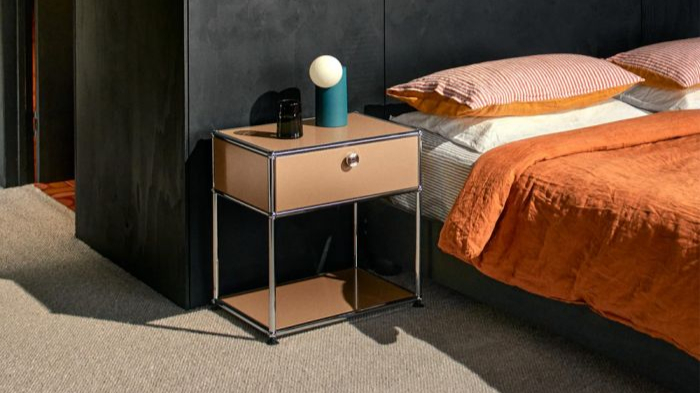 Bedside tables for design enthusiasts
Bedside tables for design enthusiastsEssential companions for your nightly rituals, discover 10 bedside tables that balance function and style.
-
 An appetite for design: 10 of our favourite dining tables
An appetite for design: 10 of our favourite dining tablesDiscover the best dining tables: a curated selection of enduring favourites and exciting new pieces from designers around the world.
-
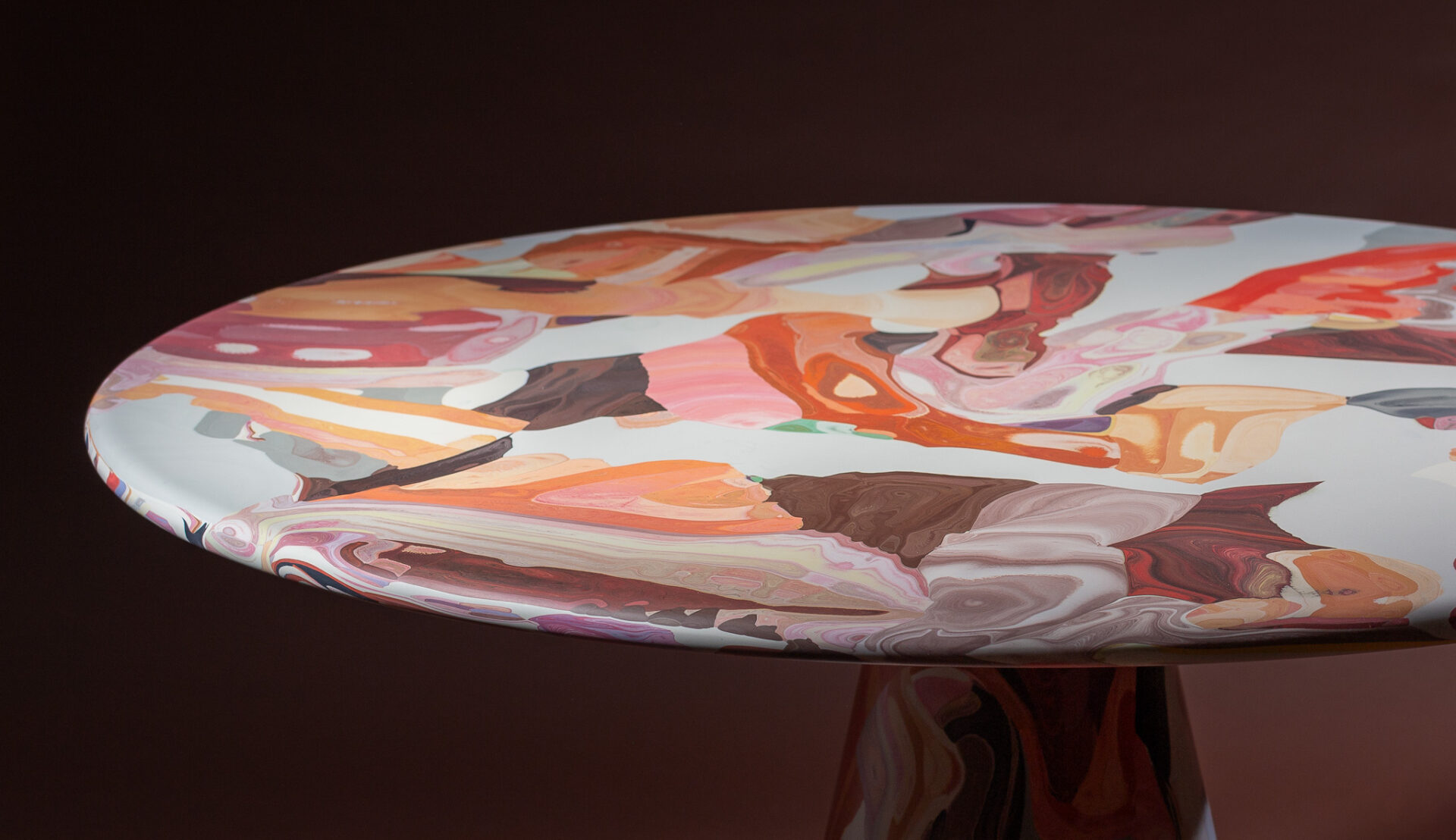 Gather round! The best coffee tables for design lovers, from the colourful to the sculptural
Gather round! The best coffee tables for design lovers, from the colourful to the sculpturalExplore the best coffee tables: discover our handpicked selection of enduring favourites alongside new, notable pieces
-
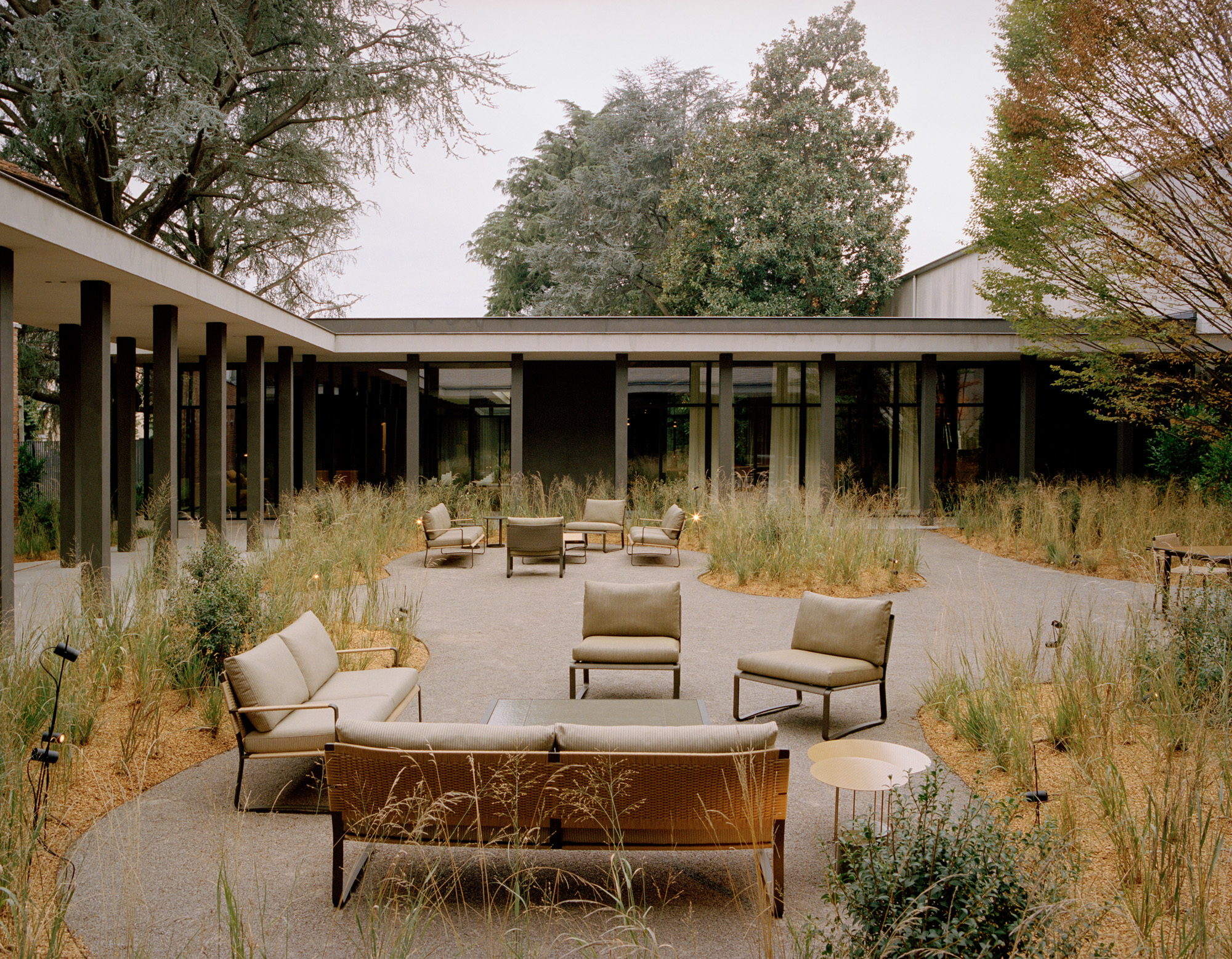 Vincent Van Duysen ‘inspired by modernism’ for Molteni & C’s outdoor furniture debut
Vincent Van Duysen ‘inspired by modernism’ for Molteni & C’s outdoor furniture debutMolteni & C goes alfresco with two new collections and reissued classics, bringing its signature elegance to the great outdoors
-
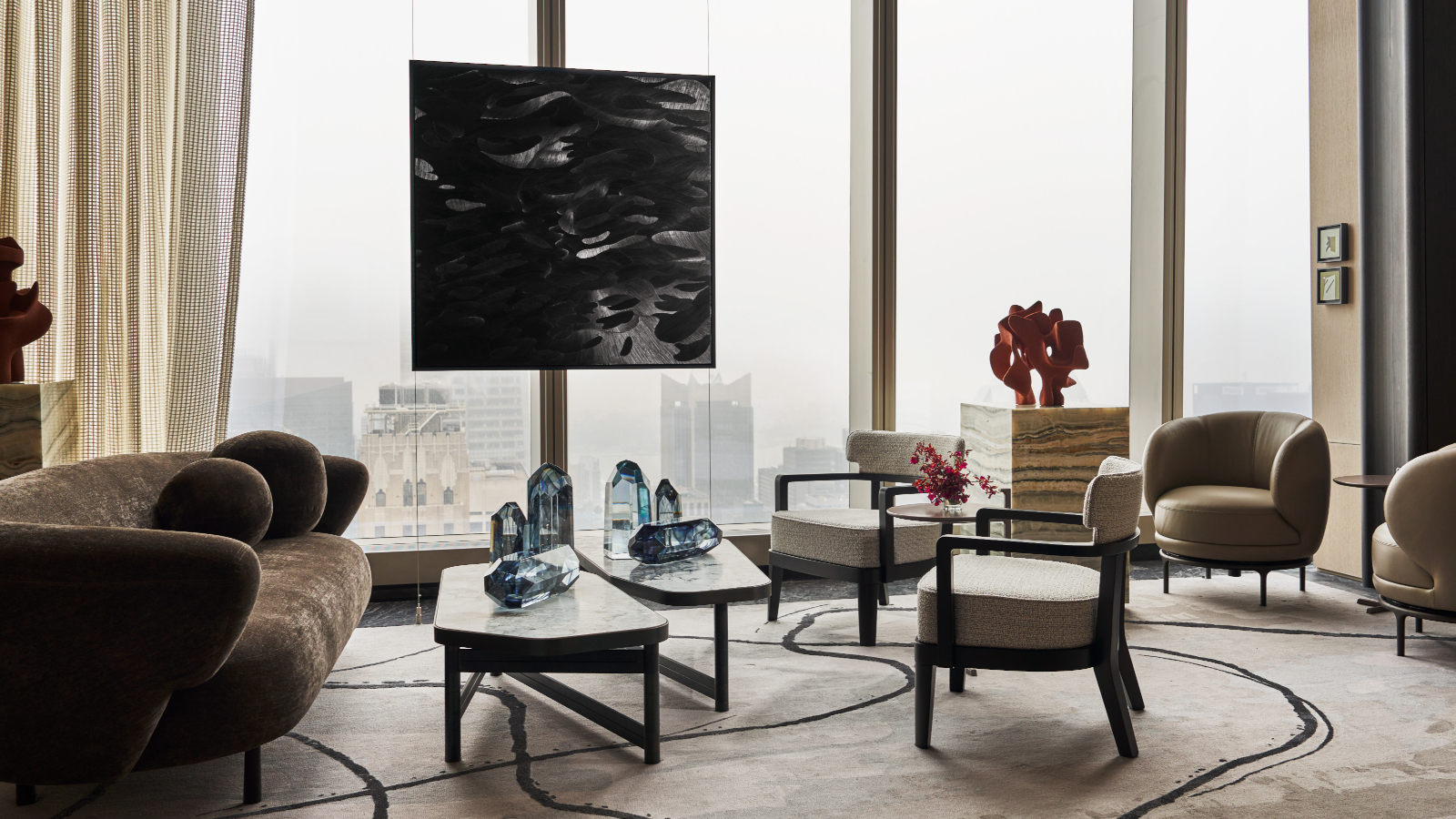 First look inside Centurion New York by Yabu Pushelberg
First look inside Centurion New York by Yabu PushelbergCenturion New York is an expansive new space for American Express’ ‘black card’ members. Its interior designers Yabu Pushelberg give us a tour
-
 Is this the most beautiful office in the world?
Is this the most beautiful office in the world?Parisian creative agency Art Recherche Industrie’s new HQ translates a 19th-century landmark into a chic open-plan office worth leaving home for
-
 Designer James Shaw’s latest creation is a self-built home in east London
Designer James Shaw’s latest creation is a self-built home in east LondonJames Shaw's east London home is Filled with vintage finds and his trademark extruded plastic furniture, a compact self-built marvel